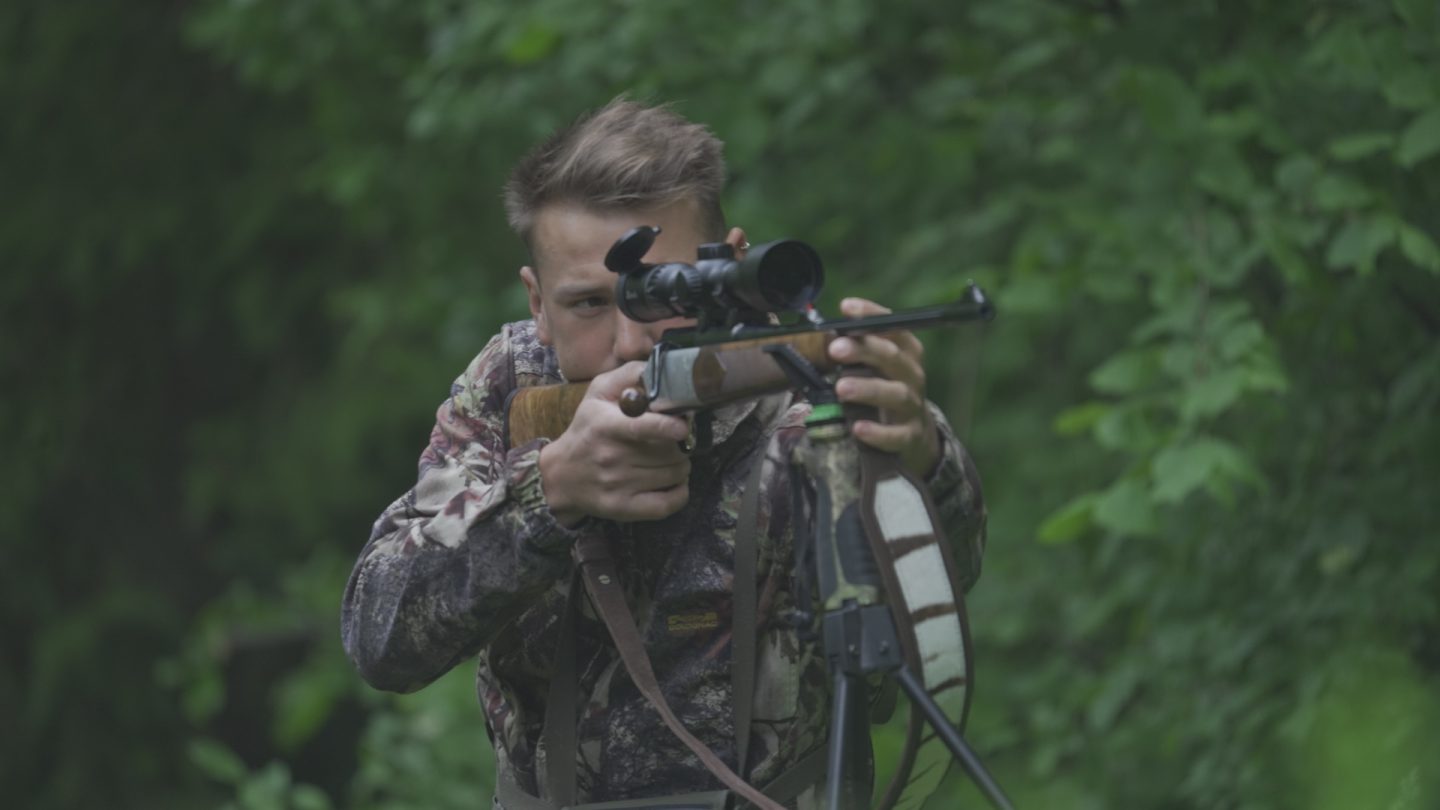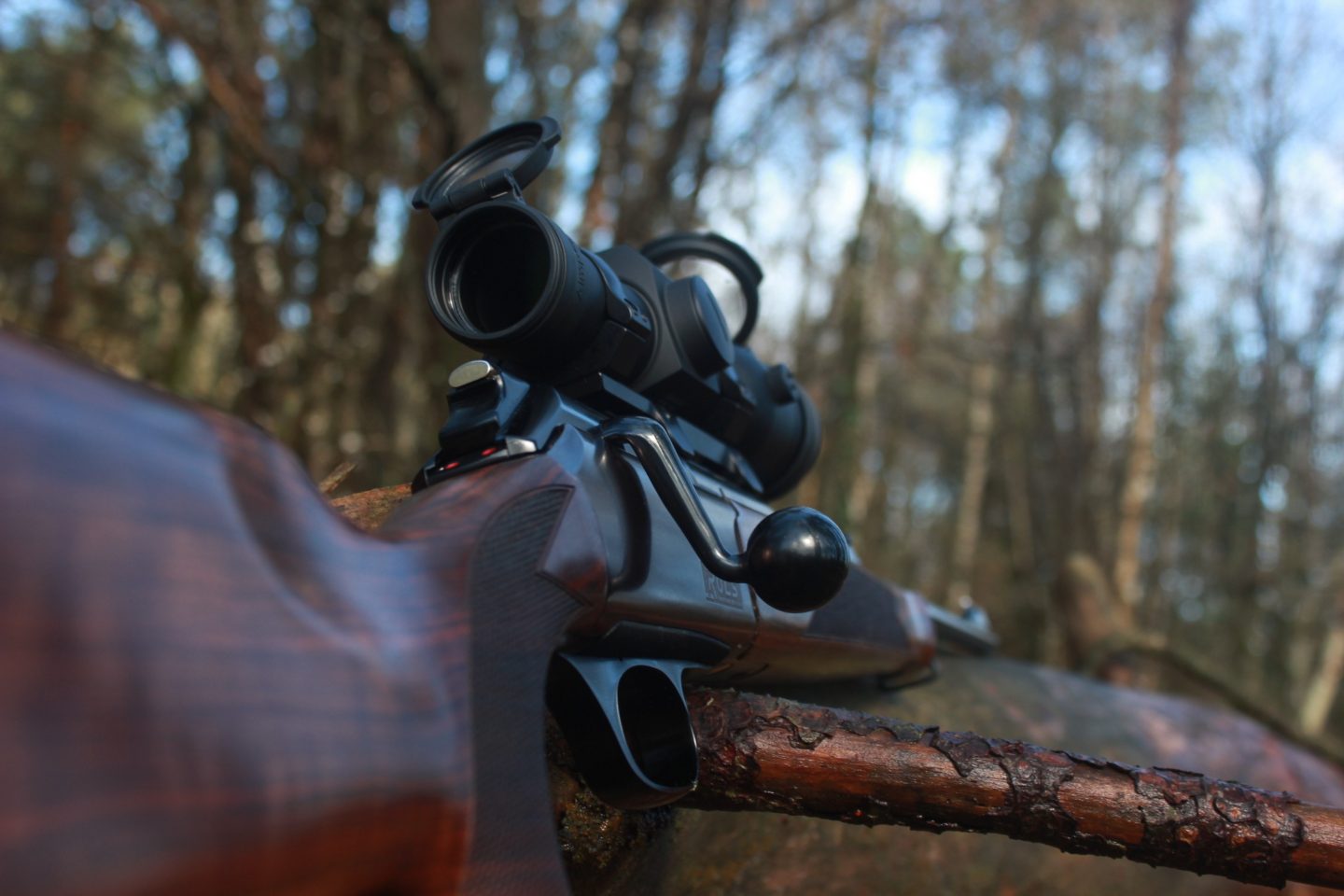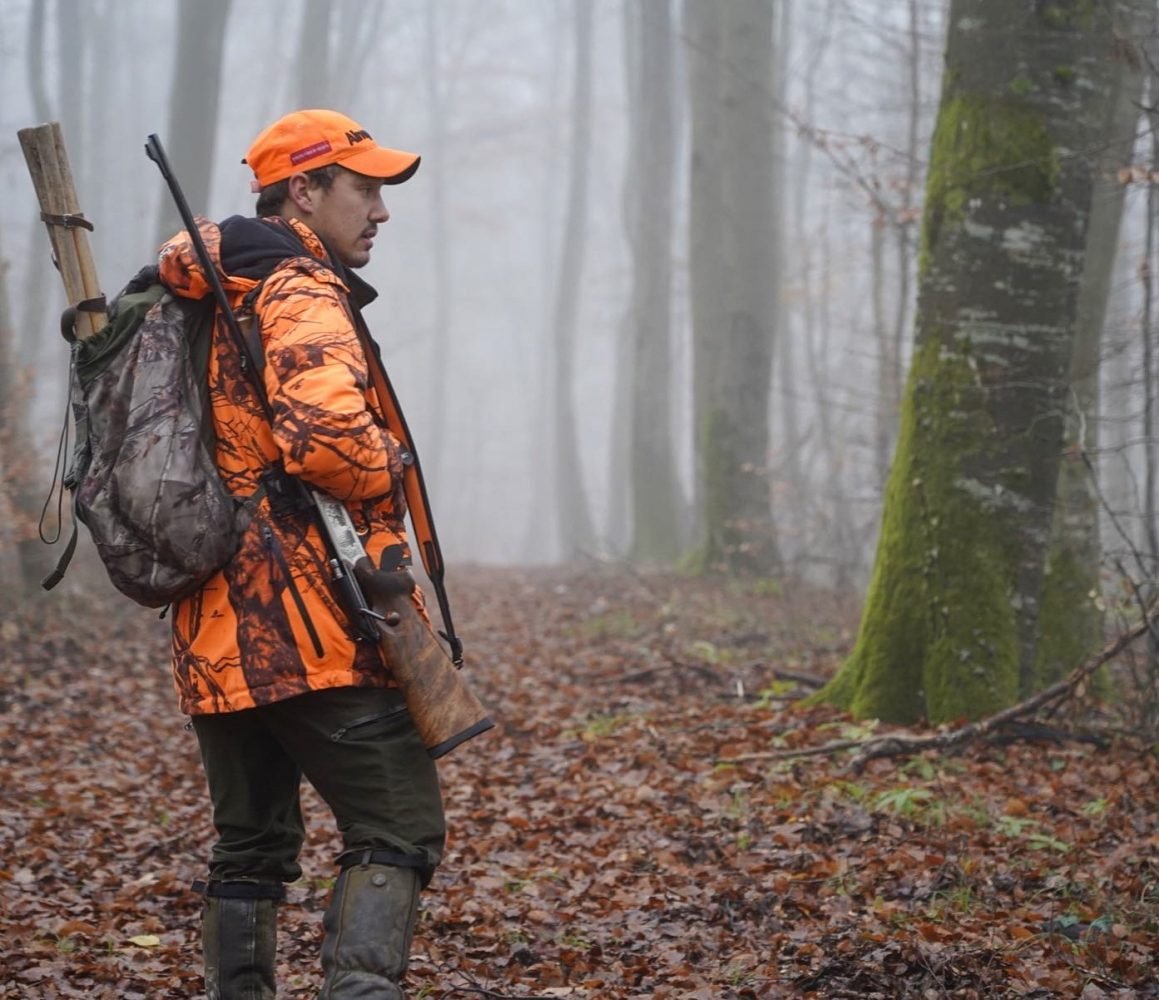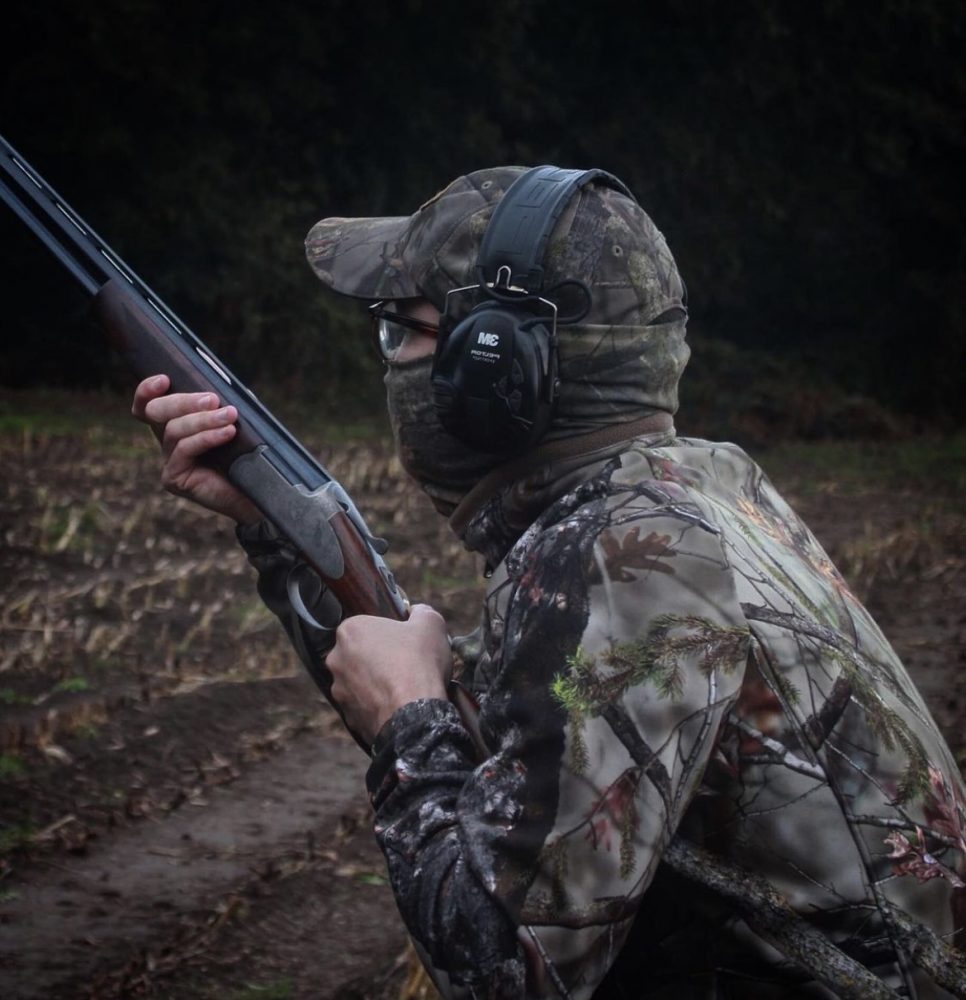Un nouveau réseau de distribution
Fruit de notre alliance avec le groupe Beretta, nous sommes heureux d’officialiser notre nouveau réseau de distribution mondial avec les 14 principales filliales étrangères

Whether you’re a sports shooting enthusiast at a shooting range or a passionate big game hunter, check out our 5 tips for improving your long-range shooting.
Having the right equipment is a sine qua non for accurate long-distance shooting. No good marksman will be able to make a good shot without a perfectly adapted weapon. The first thing to do is to check the quality of the rifle and make sure it is suitable for your shooting. Every shooter’s body type is different, and the gun must be perfectly adapted to its user.
A rifle with an adjustable stock, for example, is a good way of adjusting a stock with standard dimensions to the way you shoot.


For accurate shooting, your stance is crucial; you need to find and hold a stable position. The ground position is the most common for long-distance shooting. Make sure your weight is distributed throughout your body and that you simply feel comfortable. Your breathing, like your heart rate, affects your stability and therefore your accuracy. That’s why you need to be in a perfectly solid position to reduce the parasitic effects that will affect the accuracy of your shot.
A common mistake is made when changing position: if you feel the need to move, reposition your whole body, don’t just move your arms or upper body without first properly repositioning your weapon.
Don’t take your eyes off your target: focus is essential. Why focus? You can’t hit a target if you’re not looking at it. Naturally, the eye is drawn to the barrel. You have to learn to counteract this bad reflex and concentrate solely on your objective. This focus prevails throughout the shooting phase,
When hunting, one trick is to focus not on the game, but on a detail of its anatomy.


Wind, the Coriolis effect, bullet speed and gravity are all factors to be taken into account when shooting. They will have an impact on the bullet’s trajectory and therefore on your ability to hit your target. We strongly advise you to use solutions such as an anemometer, a rangefinder or a ballistic calculator. If you’re a long-distance shooter, these technologies, coupled with your knowledge of ballistics, will be a great help in the field.
In addition, you shouldn’t neglect the elements inherent in the topography of the place you’re in – mountains or plains, for example – or the mirage effect.
Shooting straight also involves pulling the trigger, known as the “release”. This fateful gesture must always be executed meticulously. The pressure exerted on the trigger tail must be in line with the axis of the gun: your index finger parallel to the trigger guard. Incorrect positioning of your finger will inevitably lead to the weapon moving sideways, and you will miss your target even if your weapon was pointing correctly at it.
Breathing at the moment of release is just as important: holding your breath will help to avoid any parasitic movement. Holding your breath takes a bit of practice: first you need to take a deep breath in, exhale without rushing, then once your lungs are empty of air, hold. This is when you can take your shot.

Practice makes perfect. Before launching yourself into long-distance shooting, practise shooting at short distance until you achieve good results. You can then move on to long-distance shooting, always practising at the shooting range before taking to the range. If you do so, you run the risk of wounding the animal rather than killing it, which is contrary to all ethical hunting.
Fruit de notre alliance avec le groupe Beretta, nous sommes heureux d’officialiser notre nouveau réseau de distribution mondial avec les 14 principales filliales étrangères
Fruit de notre alliance avec le groupe Beretta, nous sommes heureux d’officialiser notre nouveau réseau de distribution mondial avec les 14 principales filliales étrangères
Fruit de notre alliance avec le groupe Beretta, nous sommes heureux d’officialiser notre nouveau réseau de distribution mondial avec les 14 principales filliales étrangères
Fruit de notre alliance avec le groupe Beretta, nous sommes heureux d’officialiser notre nouveau réseau de distribution mondial avec les 14 principales filliales étrangères
Fruit de notre alliance avec le groupe Beretta, nous sommes heureux d’officialiser notre nouveau réseau de distribution mondial avec les 14 principales filliales étrangères